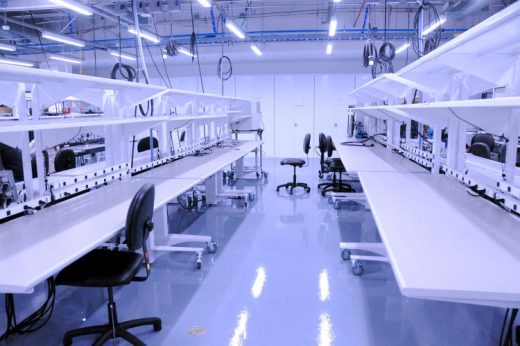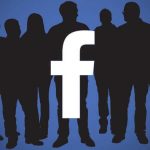Area 404: How Facebook’s New Hardware Lab Is Propelling It Into The Future
If you’re a heavy user of Facebook, Messenger, or Instagram, you’d probably never guess that on the first floor of a building at the social networking giant’s Silicon Valley campus, behind a key-card access door that grants entry only to a select few people, is a scanning electron microscope.
This is the kind of high-end device you might find in a university science lab, or maybe in an R&D facility of a company doing complex scientific research. But Facebook?
Absolutely. The microscope is one of a group of very expensive, precision machines that are part of Area 404, Facebook’s brand-new hardware lab, 22,000 square feet of pristine space under bright lights dedicated to helping the company design, prototype, test, and even build hardware for projects as diverse as its Aquila Internet connectivity drones, Oculus VR, its data centers, and other systems.
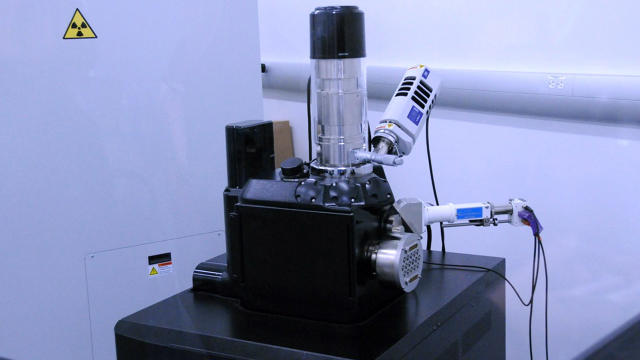
Facebook has long had a hardware lab, but years ago, the facility was little more than the size of a desk in an old mail room at the company’s first offices in nearby Palo Alto. This is an entirely different animal.
The idea behind the lab, Facebook’s head of engineering and infrastructure Jay Parikh told a group of reporters (August 16, 2016) during a tour, was to provide engineers from a wide variety of the the company’s teams a place to come together to share expertise, and work quickly on projects. Plus, why waste weeks or even months and lots of money sending designs to third parties to prototype or stress-test something when, said Parikh, engineers “are able to take that stuff, walk it down the the end of the hallway and see what’s happening?”
Facebook isn’t saying how much it has invested in the new lab, but given that it has the kind of machinery that surely costs six figures or more, you can bet that the number is in the many millions of dollars.
Among the machines you can find in the lab are a 9-axis mill-turn lathe, a 5-axis vertical milling machine, a 5-axis water jet, a sheet metal shear and a sheet metal folder, a CNC fabric cutter, a coordinate measuring machine, a CT scanner, and of course, the scanning electron microscope.
“With these state-of-the-art machine tools, testing equipment, and expert model makers, we can collaborate in-house and enable faster and more innovative hardware development,” Mikal Greaves, Facebook’s mechanical and power manager, and Spencer Burns, a CNC model maker, wrote in a blog post announcing the Area 404 project. “We’re working hard to make the world more open and connected, and as shared in our 10-year roadmap, that includes building next-generation hardware—hardware that creates smarter, more immersive experiences and systems that will connect the world.”
“Slow Down And Fix Your Shit”
When you visit the lobby of Facebook’s Building 17 in Menlo Park, you’re greeted with a wall full of inspirational signs: “Solve something big,” “Fortune favors the bold,” “Pride connects us,” “Move fast and build things,” and of course, “Slow down and fix your shit.”
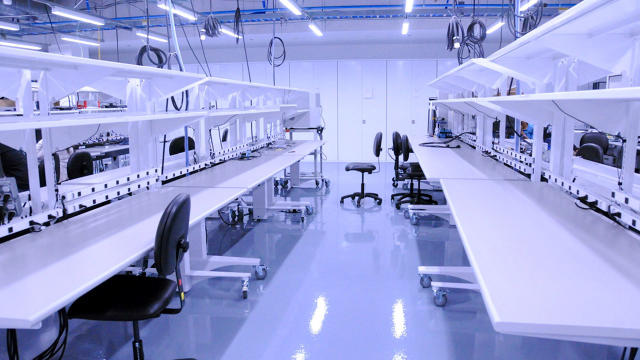
Going further inside, you pass through a series of doors and enter one of the brightest interior rooms you’ll ever see. There, row after row of workspaces are set up on long desks, many of which are still empty because the new hardware lab has just opened.
All told, explained Jason Taylor, Facebook’s vice president of infrastructure foundation, there will eventually be a dozen teams working out of Area 404.
Walking further into the labs, you encounter machines that can cut through wood, stone, and really, just about anything. A water jet machine, for example, puts out 60,000 PSI of high-pressure water mixed with an abrasive. Nearby, a machine that can bend sheet metal allows engineers to work on just about any kind of prototype. And a 3-axis milling machine allowed Facebook to make prototypes of propellers for Aquila, the connectivity drone that has the same-size wingspan as a Boeing 737.
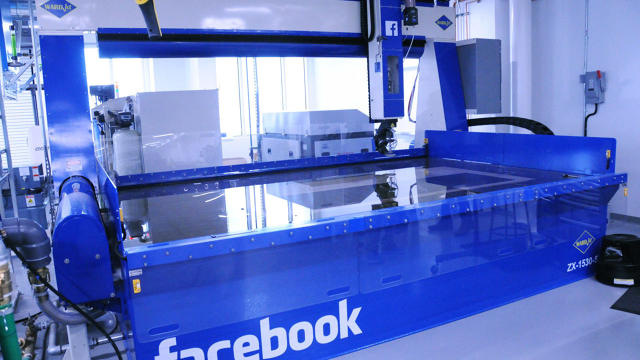
People think of Facebook as a software company, albeit one that has 1.7 billion monthly users for its core service, not to mention more than a billion users for two other products—Messenger and WhatsApp—and hundreds of millions more for Instagram.
Yet the company’s long-range plans are very much tied to hardware, very big hardware. And there’s simply no point in wasting time by having to send designs outside the company for prototyping, testing, or failure analysis.
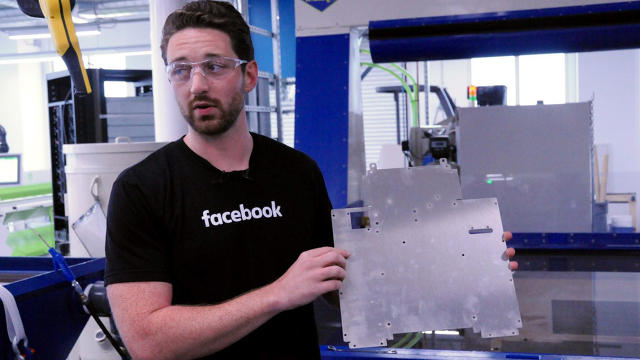
While other tech companies no doubt have hardware labs, Facebook designed Area 404 from the ground up and believes it is a one-of-a-kind operation. It was modeled off the company’s needs, and designed to make sure the company is ready for its future growth.
Still, even some people in-house might never have imagined they’d be working at a company that has built such a significant collection of precision equipment, the breadth of which would shock even the most ardent maker type.
“Whoever thought you’d be doing things like [this] at Facebook,” Burns said. “Right?”
The lab is so new, there are plenty of empty desks where engineers will eventually be working.
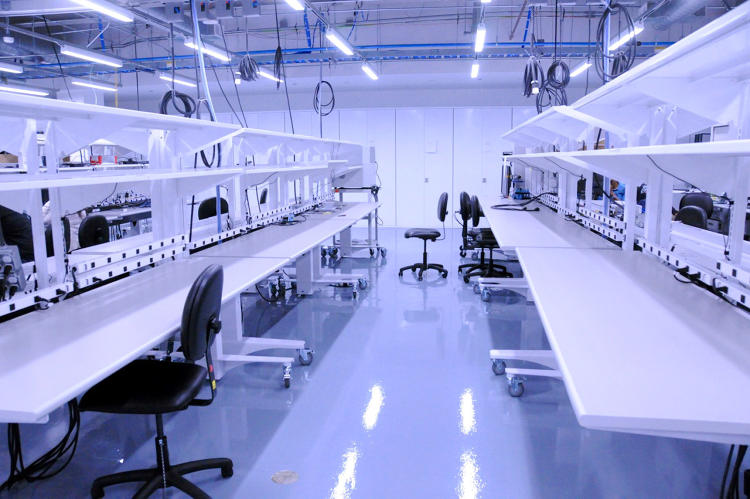
The lab has a scanning electron microscope, an expensive device used in failure analysis.
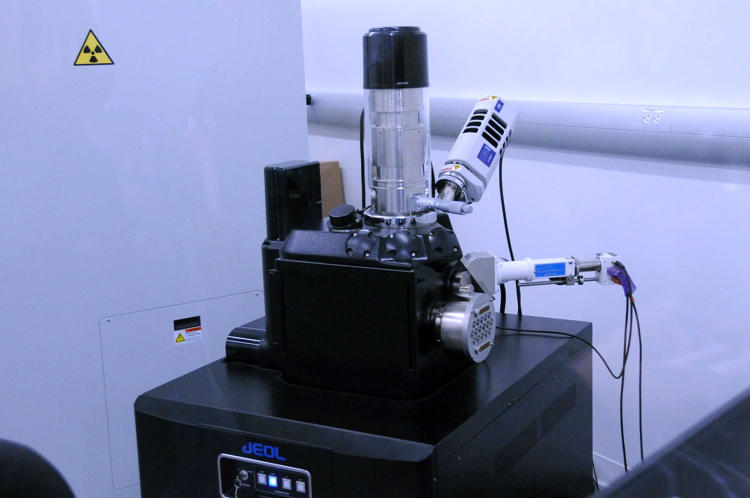
The lab has two high-powered water jet cutters, each of which shoots water mixed with an abrasive at 60,000 PSI.

Facebook CNC model maker Spencer Burns shows off a sheet metal component made in the lab.

A prototype of a propeller for Facebook’s Internet connectivity drone, Aquila, is an example of what could be produced in its brand-new hardware lab.
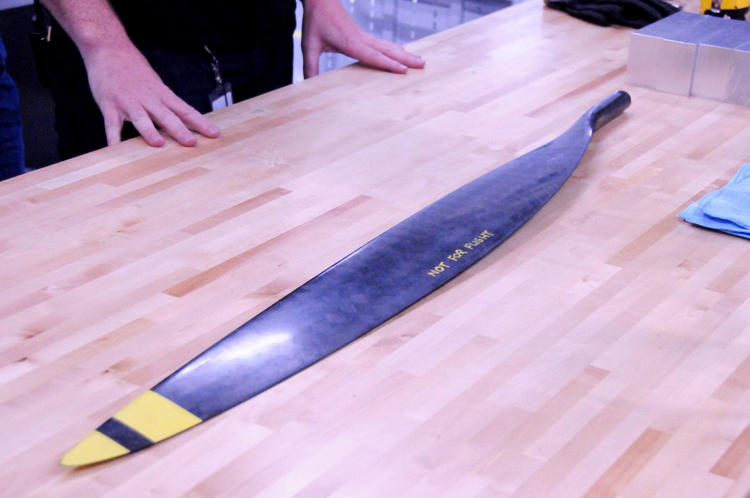
Most people don’t think of Facebook as the kind of place with a big hardware lab, or giant drill bits. But it very much is.
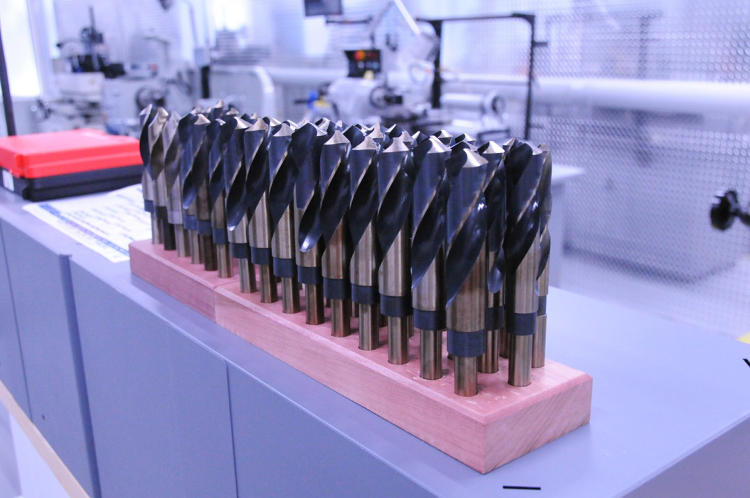
Fast Company , Read Full Story
(43)

